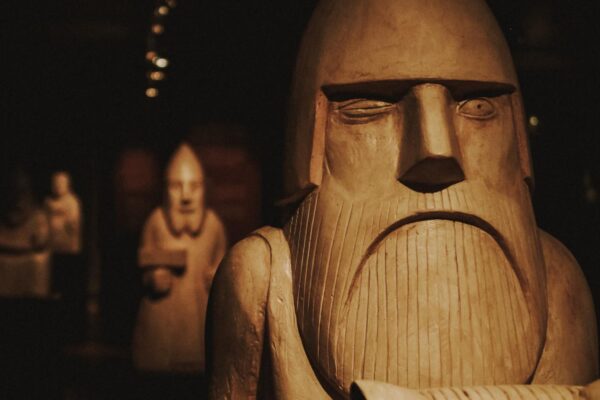Scandinavian design is and remains timeless despite its strong tradition. The origins of IKEA and co. were already designed for the masses in the 1950s, but are still so classically elegant that they are sold worldwide today. Furnishings and home design are now inextricably linked with the “Scandi style”. Find out here where this design style takes its influences from and who the designers of the famous furniture, objects and furnishings were.
The Scandinavian style: form follows function
The Scandinavian design style is characterised by functionalism, formality, minimalism and timelessness. The shapes are clear and functional, since the architects and designers in Sweden, Norway, Finland and Denmark recognised that they should follow the function of the object – not the other way around. Thus, the design is orientated towards people’s needs with the approach extending from the buildings themselves to their interiors.
As a combination of craftsmanship and industrial production, design from northern Europe is fundamentally democratic. It is not aimed at rich elites, but at the masses. Designer furniture and quality should be affordable for everyone.
Shapes
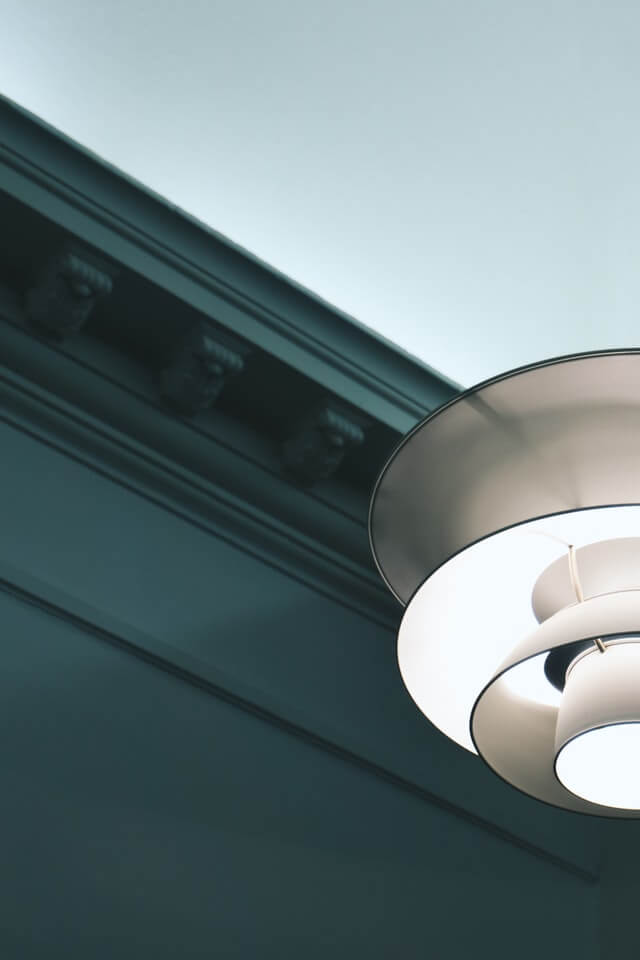
Outside the summer months, life in Scandinavia is increasingly spent indoors. The cold, wet and dark atmosphere creates the need to make oneself cosy at home. That is why lighting in particular plays a central role in Scandinavian design. Many of the lamps and luminaires designed in the far north are still popular today. Light sources that emit a pleasant light are of great importance here in the darker months of the year.
However, retreating indoors does not mean that the Scandinavians are turning their backs on nature. Quite the opposite: nature is a central element of Scandinavian design, as people in the far north are very connected to it and spend time outside as often as possible. As a result, organic and purist shapes that dispense with elaborate details and embellishments are increasingly common. This can still be seen today and ensures that none of the pieces appear old-fashioned, but can be easily integrated into the living environment then as now.
Materials
The materials used in Scandinavian buildings, furniture and decorations are therefore natural and environmentally conscious. In the 1950s, teak with its soft edges became a feature of Nordic design and can be found in many well-known design objects. However, other types of wood and less expensive materials such as plastic, aluminium and steel are used to create a straightforward, clean look as well.
Origin & roots
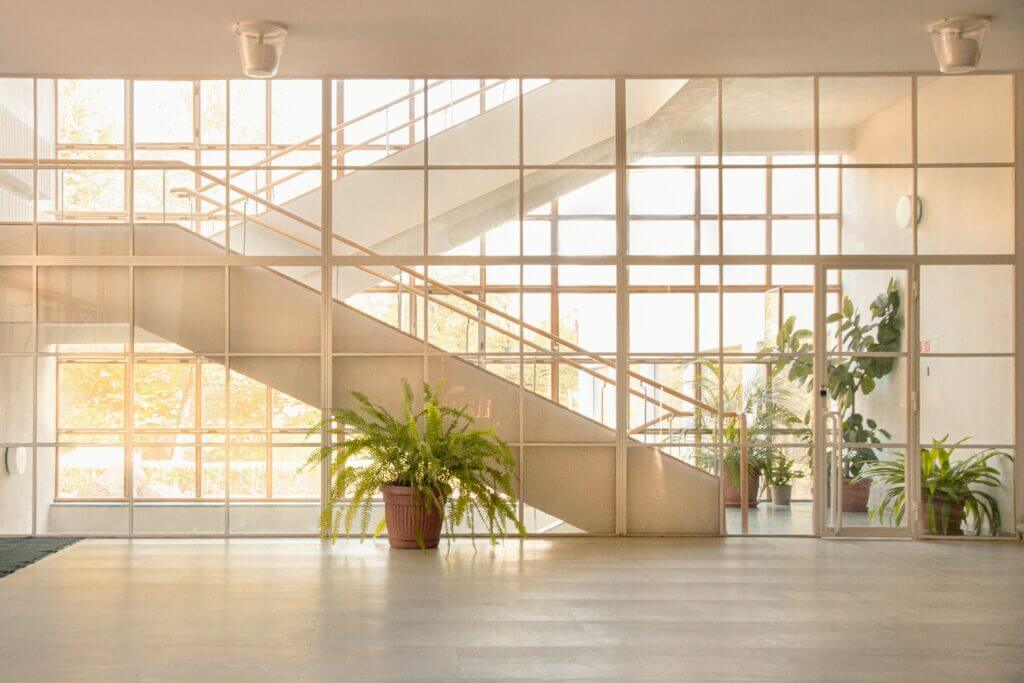
While the trend-setting designs by famous minds such as Arne Jacobsen and Alvar Aalto were created as early as the 1930s, it was primarily in the post-war period of the 1950s that Scandinavian design developed into a recognisable style. Prior to this, there was hardly any prosperity in the Scandinavian countries, which meant that people could not afford any special furnishings or decoration. But it was at this time that the social democratic aspiration to cater for the general population emerged, as well as the plan to have the infrastructure remodelled according to the ideas of architects and designers.
Mass production methods and influences from the earlier British Arts & Crafts movement, which called for a return to craftsmanship, resulted in simple and plain, yet high-quality products. The German Bauhaus style from 1919 also influenced designs in the north. Scandinavian modernism was born.
Today’s Scandi style draws on these roots as well as the ideas of the “founding fathers” of Scandinavian design and has turned timeless minimalism into a living trend.
Finland
Alvar Aalto (1898-1876) & Artek
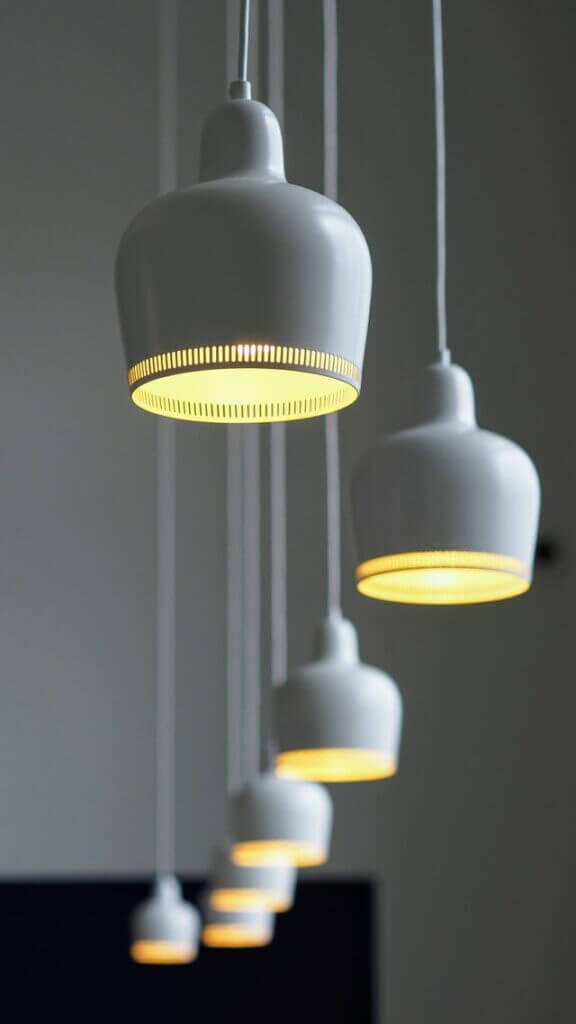
The Finnish architect, urban planner and furniture designer Alvar Aalto is one of the most important figures in the development of Scandinavian design. He studied architecture in Helsinki and founded his own architecture firm.
His works include not only numerous public buildings, but also pieces of furniture. In 1932, he designed the now world-famous Paimio armchair, a curved armchair made of steam-bent birch wood, for the sanatorium in Paimio. Here too, form was to follow function, as he designed it for the tuberculosis patients on site. The chair should offer a comfortable sitting position to protect the lungs.
Over time, further cantilever chairs with curved wooden frames were created. In 1935, Aalto and his wife Aino Aalto founded the company “Artek” for furniture, lighting and decorative elements, which still sells their products and those of other Finnish designers today. Artek is based on the combination of “art” and “technology”, a way of thinking of Bauhaus founder Gropius. The Aaalto vase, also known as the Savoy vase, is an important object from the couple that is still available to buy today. Its wavy appearance is based on its designer, as Aalto translates as “wave”.
Denmark
It is hardly surprising that Copenhagen is still the fashion metropolis and the capital of good taste and numerous labels. After all, many of the influential designers and architects whose creations are now design classics come from Denmark.
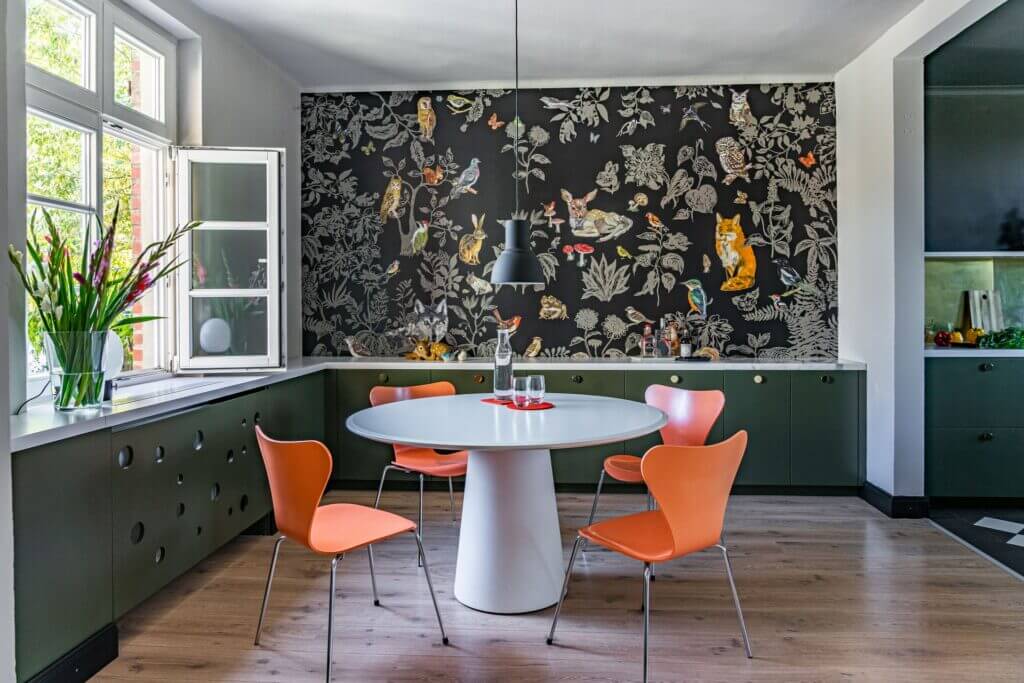
Arne Jacobsen (1902-1971)
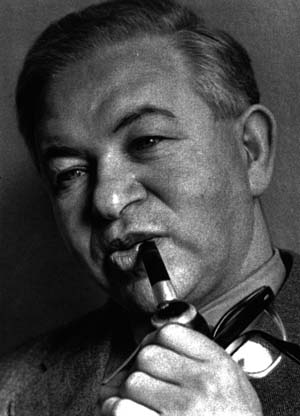
The Danish architect and designer Arne Jacobsen had a lasting influence on Scandinavian design and the style of functionalism. The Copenhagen native studied architecture and later taught in this field. His designs include many pieces of seating furniture, including the well-known Series 7, a range of colourful, stackable wooden chairs with curved backrests. They are considered the best-selling chairs of all time. Another highlight of his designs is “The Egg” or the Egg Chair, a curved armchair that has been reproduced many times. He also designed lamps for the lighting manufacturer Louis Poulsen.
Jacobsen’s designs are known for their particularly organic forms, which are inspired by nature. Many of the buildings he designed can be found in Germany, some of them in Hamburg. Further, the architect developed three wall clocks for three public buildings and institutions in Denmark, which are now reproduced in small versions for the home.
Poul Henningsen (1894-1967)
Poul Henningsen from Copenhagen is best known for his lighting design in the style of functionalism. He designed two of the world’s most famous lamp models for the lighting manufacturer Louis Poulsen: the PH lampshade (1926) and the PH Artichoke (1958). The special feature here is that both lamps are glare-free from any viewing angle.
The model name refers to the initials of the artist and the number behind it to the diameter of the lampshade. They are available as pendant, table and floor lamps in various colours and sizes. Rumour has it that it can be found in half of all Danish households.
Verner Panton (1926-1998)
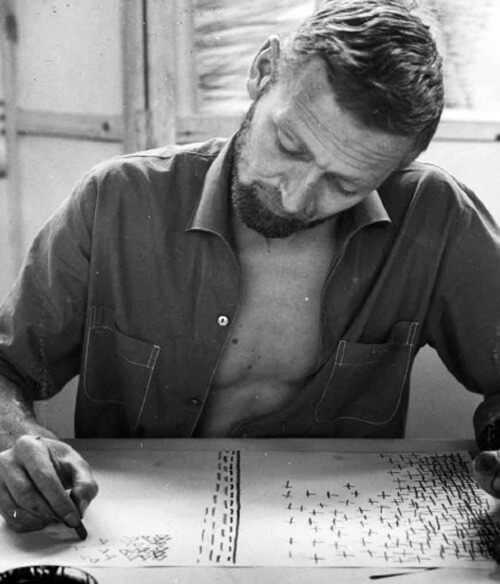
Another important architect and designer from Denmark is Verner Panton. He also focused on the design of furniture and lighting, the forms of which are still world-famous today. Panton worked as an assistant to Arne Jacobsen for a time, but later became self-employed and developed his own style, which set him apart from the other Scandinavian designers of his time.
The shapes and materials of his objects are not taken from nature, but are colourful, geometric and artificial and he often used plastics. This was his breakthrough: he developed the Panton Chair named after him, a cantilever chair made of plastic, which has been produced in series by Swiss furniture manufacturer Vitra since 1967. His lamps are still popular design objects today. For example, the “Flower Pot” model, which is available as a pendant and table lamp.
Hans Jørgensen Wegner (1914-2007)
The Danish cabinetmaker and architect Hans J. Wegner was best known for the more than 500 chairs he designed. One of the most popular is the CH24 model, also known as the Y chair or Wishbone chair, which has been produced by the Danish company Carl Hansen & Søn since 1950. The seat is made of hand-woven paper cord. The backrest is Y-shaped and gives the chair its name.
All his models are organically shaped and most are made of light-coloured wood. Further, he developed wallpaper, lamps and cutlery. Wegner occasionally worked together with his famous colleague Arne Jacobsen.
Scandinavian design today
Thanks in no small part to the internationally popular furniture giant IKEA, Scandinavian design has become synonymous with almost all furniture and all forms of interior design. However, the original pieces by Nordic designers are still regarded as classics in design shops today and have been copied and reissued numerous times. Their style has been incorporated into the current Scandinavian living style, which continues to be characterised by its simplicity and functionality.




